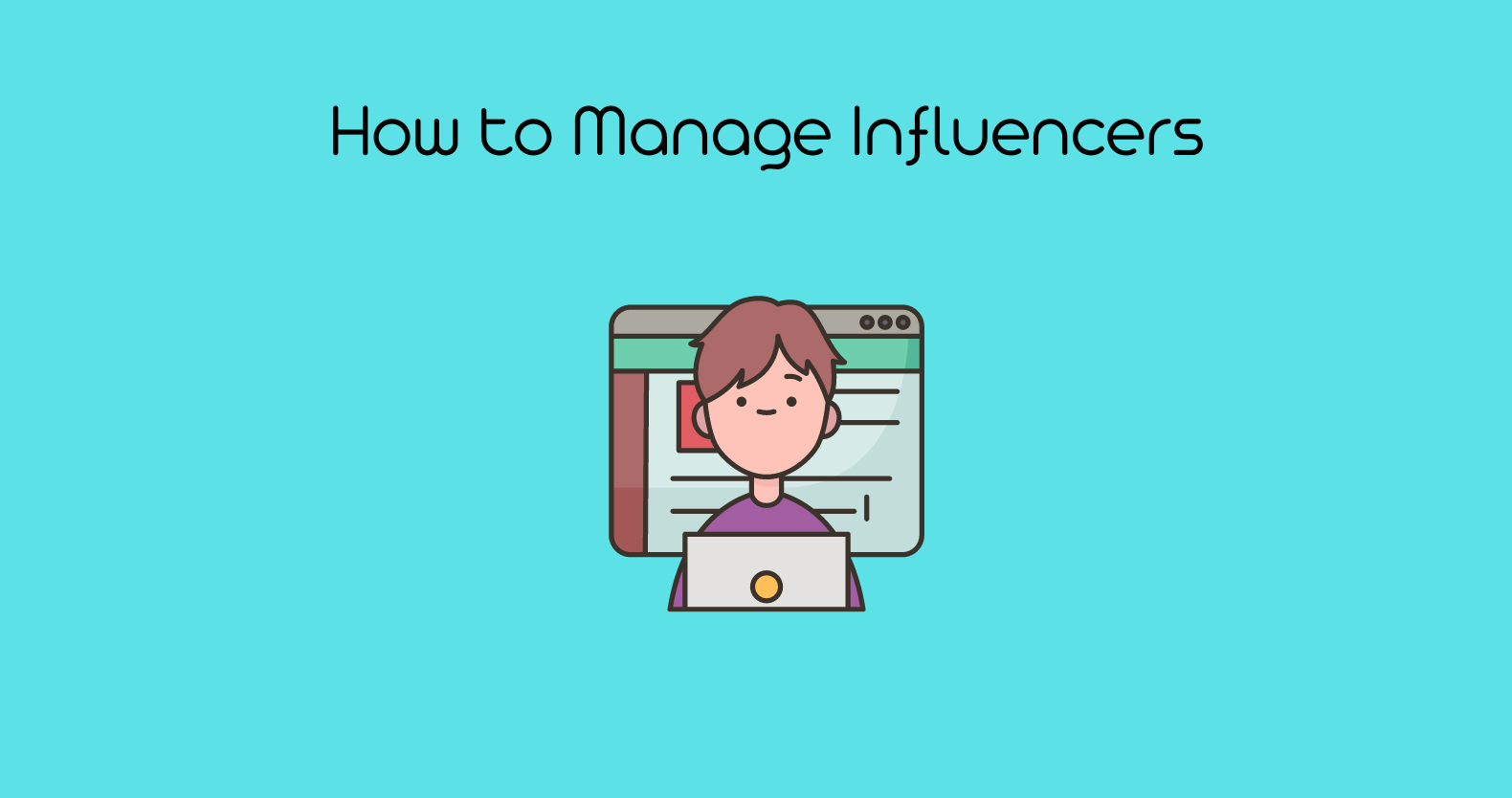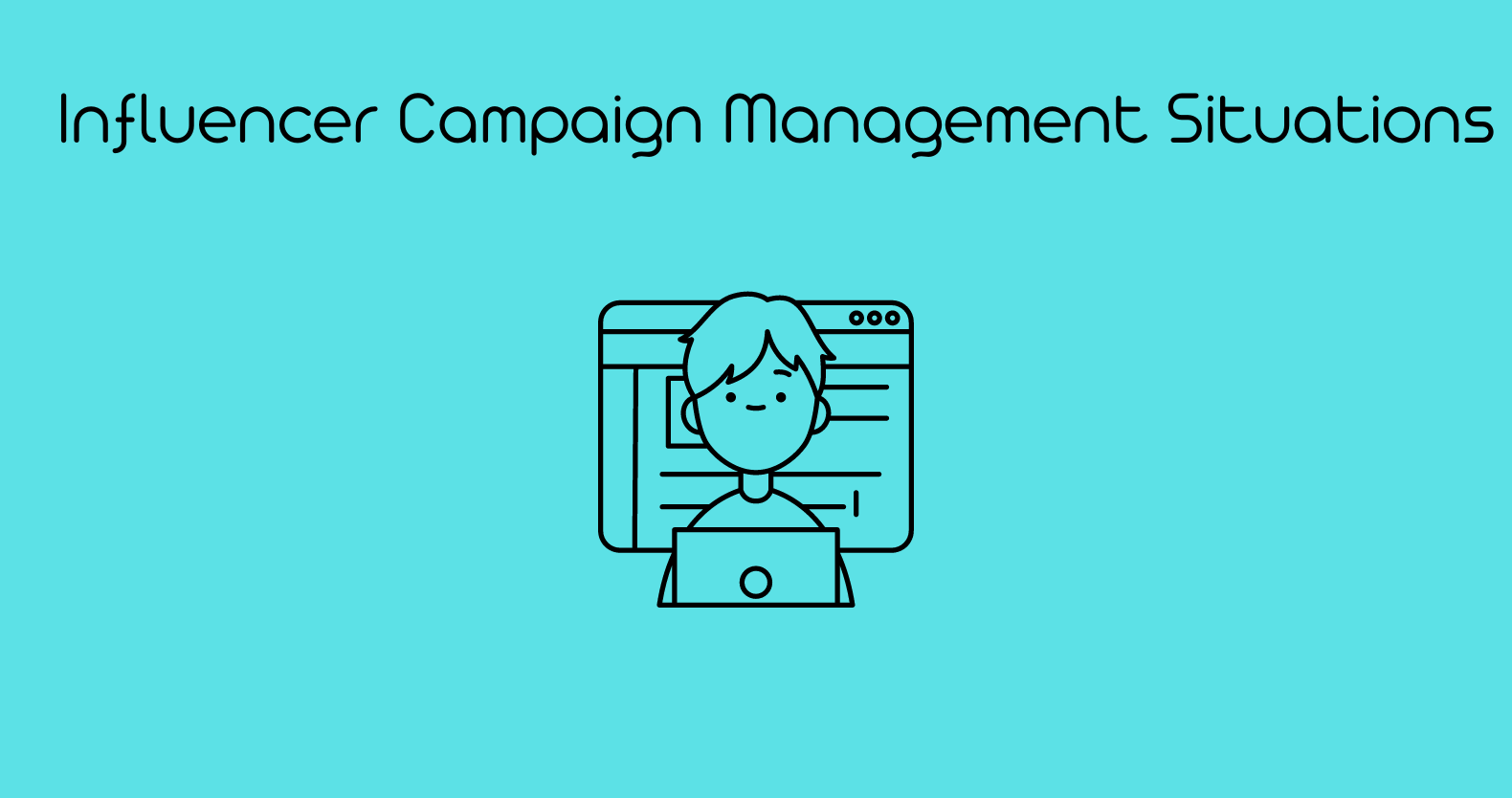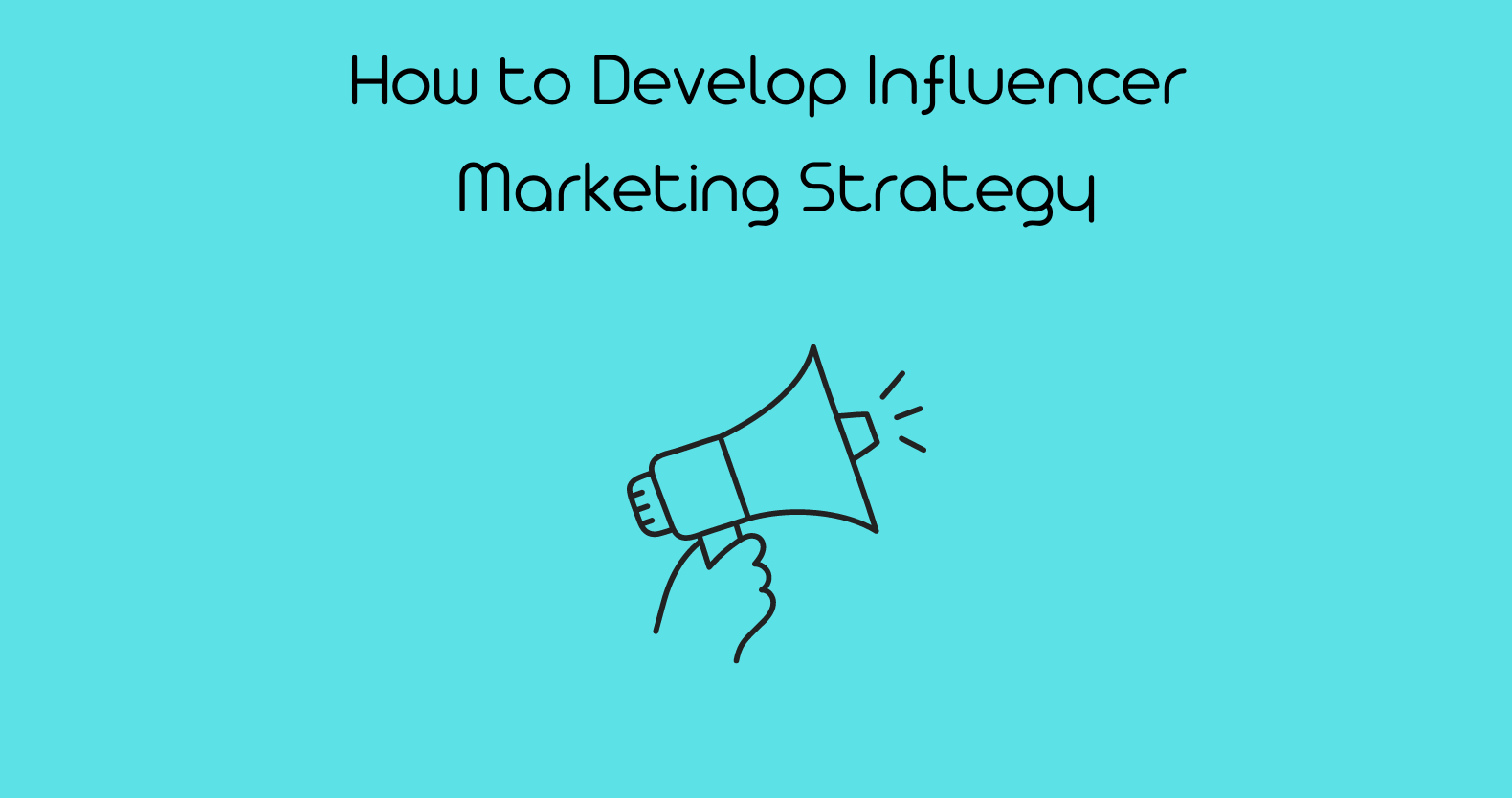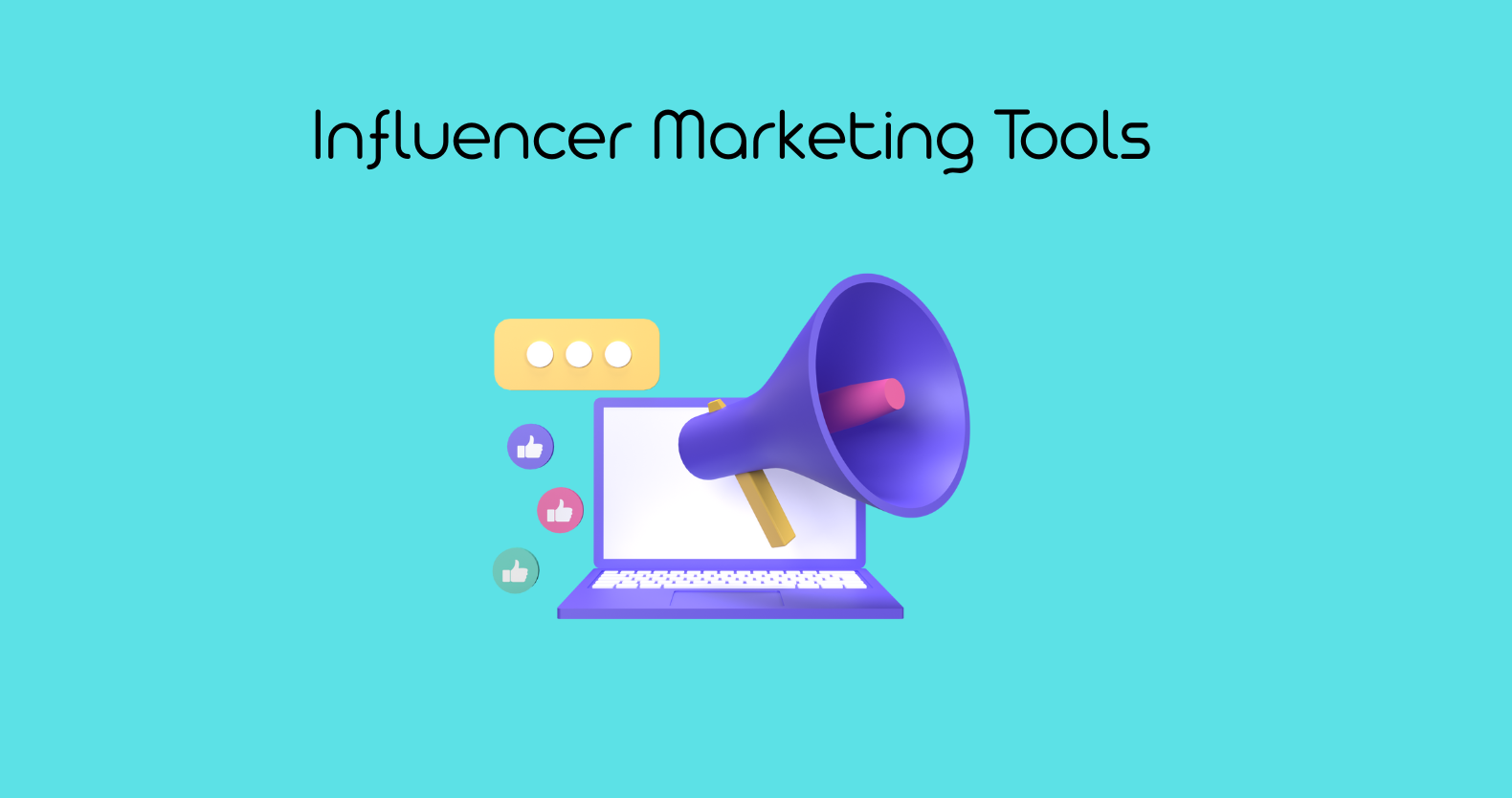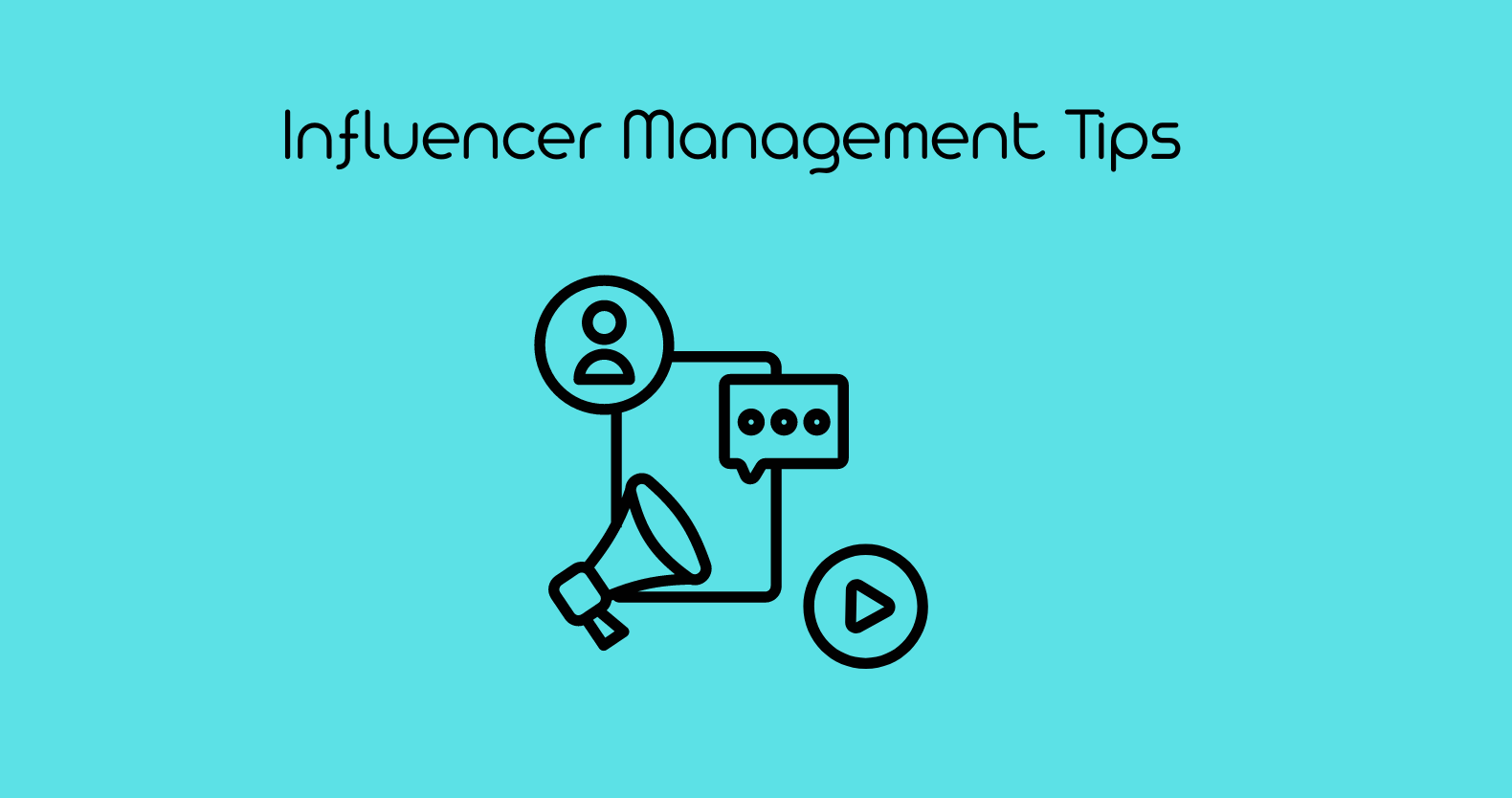In the dynamic world of digital marketing, influencers have emerged as critical components of modern marketing strategies. This new breed of marketers wields the power to shape consumer behavior and steer brand narratives with a single post. They are the trendsetters who have harnessed the alchemy of online presence. Above all, they have the authenticity to captivate audiences and forge meaningful connections.
In today’s age, understanding the art of managing these influential voices is crucial. Like any other asset, you can maximize their potential benefits for your brand by managing them properly.
In this article, we will delve into the ins and outs of influencer management. You’ll get to know the types of influencers and what influencer management entails. Also, we’ll be discussing how to monitor, retain and manage influencers, and How to Manage Influencers?
Do Influencers Need a Manager?
The short and precise answer is yes. A manager can significantly streamline and improve the process for an influencer. Some influencers can maintain a steady course independently but prominent influencers with significant follower counts might find it difficult. An influencer manager provides strategic guidance, negotiates deals, and can manage schedules. Above all, they help influencers avoid potential pitfalls that they might not see coming.
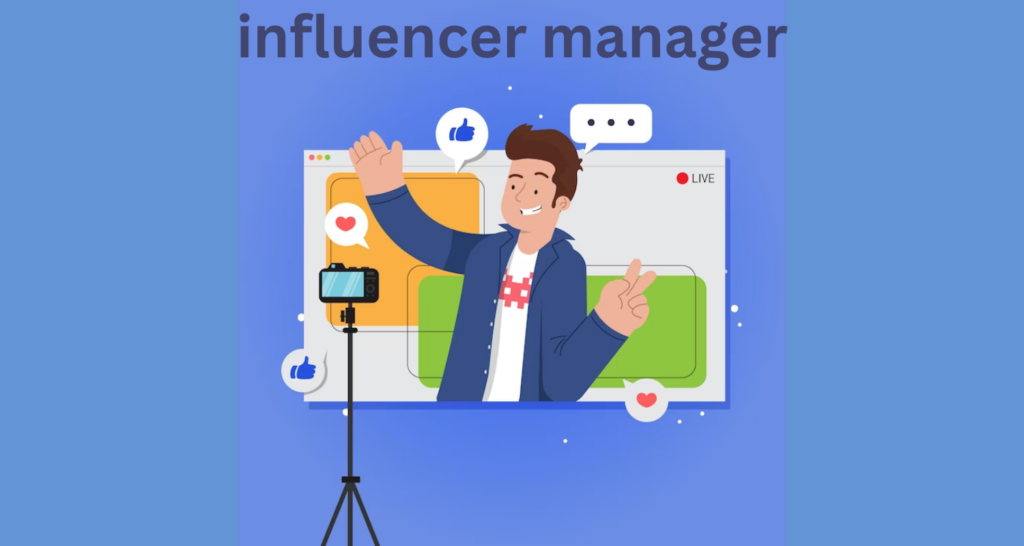
Managers also play an integral role in managing the relationship between brands and influencers. Influencer managers ensure that both parties’ expectations and needs are met. This further ensures a more structured and effective approach, ultimately resulting in more successful influencer campaigns.
Also, Check How To Select The Best Wedding Photography Camera
The Four Types of Influencers
Understanding the different types of influencers can help brands and managers to devise more targeted and effective strategies. Generally, influencers can be categorized into four main types:
Mega-Influencers: These influencers are the giants of social media, boasting follower counts in the millions or even tens of millions. They are often celebrities or famous individuals, and their significant reach means they can command hefty fees for promotions.
Macro-Influencers: They typically have a following that ranges between 100,000 to 1 million. While they might not have a greater reach, their followers are often more engaged, resulting in higher interaction rates.
Micro-Influencers: These influencers have a more modest following, usually between 1,000 and 100,000 followers. They tend to focus on specific niches, and their followers often trust their recommendations due to their perceived authenticity.
Nano-Influencers: With less than 1,000 followers, nano-influencers may seem insignificant at first glance. However, their influence should be considered, as they often have a highly engaged audience. They possess dedicated followers within a very specific niche and can generate incredible sales.
How Do You Get Managed as an Influencer?
Getting managed as an influencer is an exciting step in your journey toward establishing a successful and sustainable career. Initially, influencers can reach out to brands that align with their niche and propose a collaboration. But as your followings and relationships with brands grow, you must hire an influencer manager.
Partnering with a professional management team can elevate your brand, streamline your operations, and open doors to new opportunities. You can also work with an influencer management agency if it suits you. These agencies can help influencers find suitable brand partnerships, negotiate deals, and manage the administrative side of the relationship.
Also, Check Crucial Wedding Photography Tips to Consider During the Photoshoot
What Does Influencer Management Include?
Influencer management goes beyond just sourcing and hiring influencers for promotional campaigns. It is a comprehensive process that includes:
Influencer Identification and Selection: This involves researching and identifying potential influencers who align with a brand’s values and target audience.
Campaign Strategy and Planning: Managers work with influencers to devise campaign strategies, ensuring that the content aligns with the brand’s marketing objectives.
Content Review and Approval: This is a crucial step to ensure that the influencer’s content meets the brand’s standards and guidelines.
Performance Tracking and Reporting: Managers need to monitor the performance of the influencer’s content, measure the ROI, and report back to the brand.
How Do You Monitor Influencers?
Monitoring influencers involves keeping track of the influencers’ activities and their impact on your brand. This includes monitoring the content they produce and the feedback they receive. More importantly, one should monitor how their posts impact a brand’s reputation and sales.
There are various tools available that can assist with influencer monitoring, including social media listening tools and influencer management platforms. These tools can provide insights into the influencer’s reach, engagement rates, conversions, and more. They can also track the sentiment around the influencer’s content, helping brands to understand how their audience is responding.
Retaining and managing influencers requires strategic planning and effective communication. Here are a few strategies to consider:
Offer Fair Compensation: Influencers are more likely to continue working with brands that offer competitive and fair compensation. Remember, their reputation is on the line, so it’s critical to ensure they feel valued for their work.
Provide Creative Freedom: While it’s crucial for influencers to adhere to your brand’s guidelines, offering them some creative freedom can lead to more authentic and engaging content. This not only benefits the influencer but also your brand.
Maintain Open and Regular Communication: Regularly communicating with influencers helps build strong relationships. Provide feedback, express appreciation for their work, and always be open to their ideas and input.
Long-Term Contracts: Consider offering influencers long-term contracts or partnerships. This provides them with a sense of stability and shows that you value their contribution.
How Do Influencer Managers Work?
Influencer managers act as the bridge between influencers and brands. They perform a wide range of tasks, including:
Liaison between Brands and Influencers: Managers coordinate communication between brands and influencers, ensuring that both parties are on the same page.
Negotiating Contracts: Managers often handle the negotiation of contracts, ensuring that the agreement benefits both the influencer and the brand.

Managing Schedules: They manage the influencer’s schedule, coordinating content creation, post timings, event appearances, and more.
Monitoring and Reporting Performance: Managers monitor the influencer’s performance, provide regular reports to the brand, and make necessary adjustments to strategies based on these reports.
Final Note
In conclusion, effective influencer management is a complex yet rewarding task. By understanding the different types of influencers, you can be beneficial for both brands and influencers. All you need to do is implement comprehensive management strategies and help brands maximize the potential benefits that influencers bring to the table.
What qualities should I look for in an influencer manager?
A good influencer manager should possess strong communication and negotiation skills. They must have a deep understanding of social media platforms and trends. Strategic thinking capabilities, analyzing data, and making data-driven decisions are the key factors.
How can I measure the success of my influencer marketing campaign?
The key performance indicators (KPIs) of your campaign will depend on your specific goals. However, common metrics to consider include reach, engagement (likes, comments, and shares), and conversion rates. An increase in followers and the sentiment of the comments on the influencer’s posts are also important.
How can I ensure the authenticity of an influencer’s followers and engagement?
Instagram’s native insights or third-party influencer vetting platforms can help you verify an influencer’s follower count and engagement rates. Be sure to look out for red flags, such as sudden spikes in follower count or unusually high or low engagement rates.
What should I include in an influencer contract?
An influencer contract should include details about the deliverables (content type, number of posts, deadlines, etc.). Include the compensation, the rights to the content, the brand’s guidelines, and any penalties or conditions for contract termination. It’s advisable to have a legal professional review the contract to ensure all bases are covered.
Should I work with multiple influencers or focus on a single influencer?
This depends on your brand’s goals and budget. Working with multiple influencers can help increase your brand’s reach while focusing on a single influencer can help to build a deeper relationship and stronger association with their audience.










